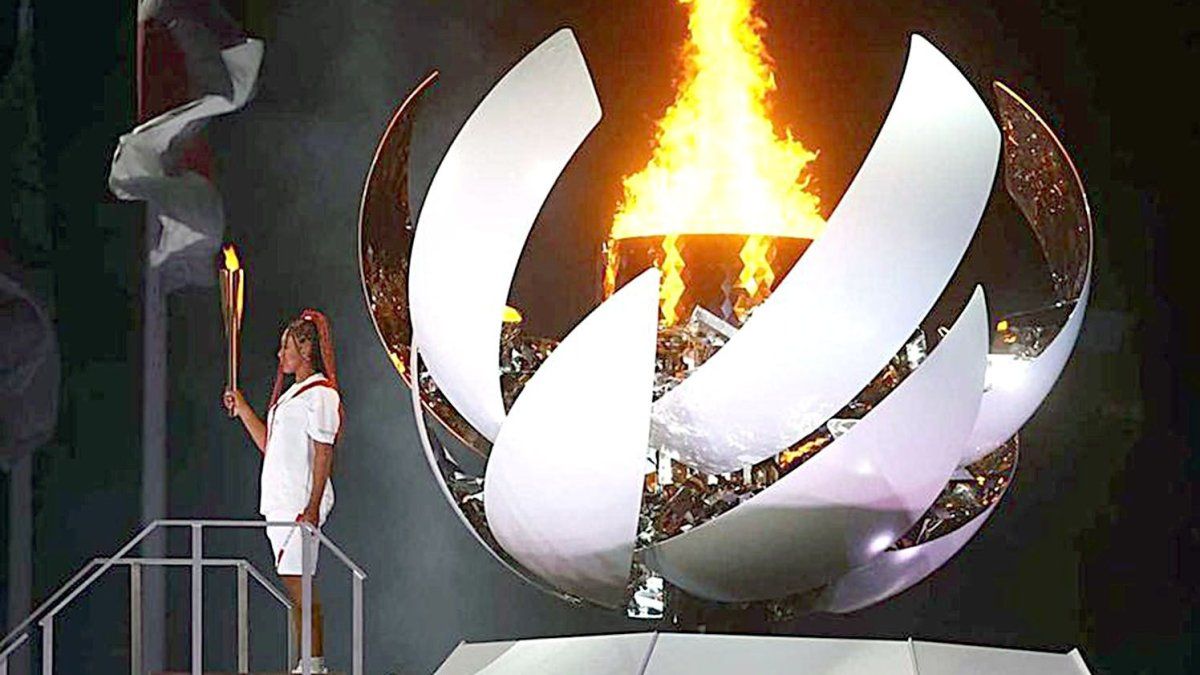With the arrival of the Olympic flame in Marseille on Wednesday, a period of strong security opens in France in a climate of high tension, which will culminate with the opening ceremony on July 26 in Paris and will last until the end of the Olympic Games.
“From May 8 to September 10, there is no turning back,” summarizes a senior official at the Ministry of the Interior, where meetings about the Olympic Games are practically daily.
The first stage of this “never before seen security challenge” is the arrival of the flame aboard the Belem sailboat to Marseille, with a large device with 6,000 members of the law enforcement forces mobilized.
Adding to the municipal police and other security agents, “never” in the history of France’s second city has there been “so much security deployed,” according to Mayor Benoît Payan.
The flame will then undertake a long journey of 12,000 kilometers that will take it through more than 400 locations in the country, including its overseas territories, before arriving in Paris on July 26 at the opening ceremony.
OLYMPIC FLAME TRIP.jpg
The Olympic flame is traveling towards France, where it will arrive in the city of Marseille on Wednesday.
Reuters
Throughout its route, a “bubble” made up of 115 police and gendarmes will constantly protect the flame, to which a hundred mobile forces will be added.
The objective is to avoid the fiasco that occurred in 2008, during the passage of the flame through Paris before the Beijing Games, which had to be interrupted after incidents with protesters who denounced China’s policy in Tibet.
In the event of a terrorist attack, it is the GIGN, the elite unit of the Gendarmerie, that must intervene. Its members will be “at all times” in “proximity” to the flame, Interior Minister Gérald Darmanin recently explained.
It will also have deployed an anti-drone device with the aim of “keeping at a distance” any flying device “susceptible to being used for terrorist or disruptive purposes,” according to a government source.
High risk
The Olympic Games (July 26-August 11) and the Paralympics (August 28-September 8) will take place in a context of high terrorist risk, with the anti-terrorist plan ‘Vigipirate’ already at its maximum level since last March 24 and the attack on Crocus City Hall in Moscow, claimed by the jihadist group Islamic State (IS).
The advantage is that “we have prepared the Games in a state of maximum security, the context is not a surprise,” indicates another senior official from the Ministry of the Interior.
Even if at this moment there is “no” particular threat to the Games, as the authorities repeat, the “threat is very high,” a security source recently explained, and the “international context does not help to lower it, on the contrary,” he added, citing the wars in Ukraine and Gaza.
Insider threat
The “endogenous” or “internal” threat remains the main one, as demonstrated by the latest attacks committed in Arras (northern France) in October 2023 or at the foot of the Eiffel Tower in December. Home visits or administrative searches are increasingly numerous and will continue to “increase in intensity” until the Games, adds this senior ministry official.
First point of attention of the anti-terrorist services throughout the period of the Olympic Games: “The massive flow of visitors, among whom there could be malicious people,” adds the security source.
Another risk, that of manipulation and information interference, which seeks to “deal blows to reputation by giving more importance to microincidents.”
The latest example was that of the Stars of David that appeared in Paris at the beginning of the war between Israel and the Palestinian movement Hamas, which caused a deep commotion, before an investigation attributed them to the Russian secret services.
When it comes to social protests, the authorities expect demonstrations by environmentalist or ultra-left groups, which would see a “media opportunity”, especially during the relay of the flame.
Given the layout, “there are as many places as there are possible protests,” says the senior ministry official.
However, this source is optimistic: “Relaying the flame is like securing a Tour de France but at 4 km/h.” At this speed, it is possible to “anticipate” or “surround” a possible protest action. Given the level of protection deployed around the flame, “it will take real effort to put it out.”
Source: Ambito
I am Pierce Boyd, a driven and ambitious professional working in the news industry. I have been writing for 24 Hours Worlds for over five years, specializing in sports section coverage. During my tenure at the publication, I have built an impressive portfolio of articles that has earned me a reputation as an experienced journalist and content creator.




